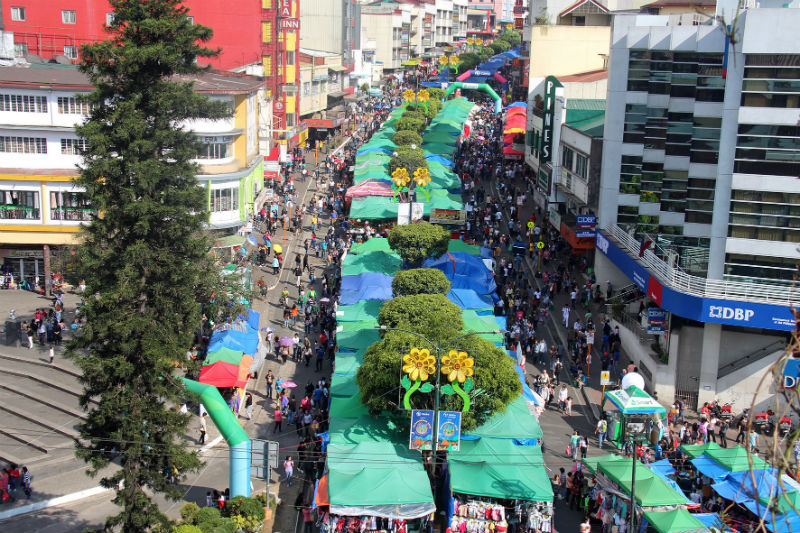BAGUIO CITY – The City Planning and Development Office (CPDO) underscored that trade and industry continues to propel the city’s economy as shown by the 5.72 percent increase in the number of business establishments registered from 19,590 in 2017 to 20,708 last year.
City Planning and Development Officer Engr. Evelyn G. Cayat said the registered business establishments employed 62,124 workers last year, an increase of 5.8 percent compared to the number of workers employed in the city during the previous year.
Further, she disclosed that gross sales from the registered business establishments amounted to P48.7 billion last year showing an increase of 5.5 percent from the P46.1 billion during the previous year.
On the other hand, Cayat claimed exports, generally viewed as one of the major drivers of the city’s economic growth, contributed USD2.1 billion last year from the combined exports of the Loakan-based Philippine Economic Zone Authority (PEZA), including those from the John Hay Special Economic Zone, SM Baguio Cyberzone, Neutrinos Information Technology Center and Abanao Information Technology Center.
Cayat noted that the largest contributor to the city’s exports are radio, television and communications equipment pegged at 68.13 percent, followed by fabricated metal products, except machinery and electrical, at 27.4 percent, and call centers at 4.10 percent.
According to her, the 46 locators at PEZA increased their employment by 43 percent with 14,223 workers last year as compared to the 10,013 workers employed in the only economic zone in the city during the previous year.
Cayat pointed out that the output of city-based PEZA firms contributed largely to the total gross output or the gross regional domestic product (GRDP) of the Cordillera with the which earned it the highest GRDP growth rate at 12.1 percent among all the regions in the country in 2017.
She explained that manufacturing shared 43.2 percent of the total Cordillera GRDP in 2018 making the Cordillera Administrative Region the top performing region in the country in terms of economic growth.
Cayat revealed that the 2019 projected population of the city is 367,137 based on a 1.54 percent population growth rate of the 2010-2015 census.
However, the city government department head admitted that the city’s daytime population is much larger as it continues to attract tourists, students and entrepreneurs from different parts of the country.
She emphasized that the demand is related to the city’s population, tourists and students while supply is related to the goods and services that the city offers to the people living in the city’s 128 barangays.
Cayat asserted the city’s local economic growth remains decent compared to the overall economic growth recorded in the different parts of the archipelago considering that Baguio City remains a melting pot of different cultures. By Dexter A. See














